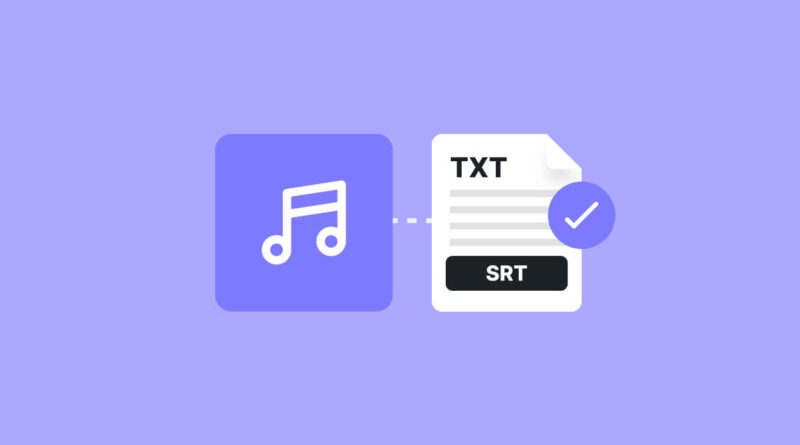10 Tips for Optimizing Audio file text extraction with AI
10 Tips for Optimizing Audio file text extraction with AI
In our increasingly digital world, audio content has become a vital component of communication. From podcasts to webinars, interviews to conference calls, there’s a wealth of valuable information trapped within audio files. Extracting text from these audio files can be a game-changer, making the content searchable, accessible, and easily shareable. This is where AI-powered text extraction tools come into play, but to ensure optimal results, you need to follow some best practices. In this article, we’ll explore ten tips for optimizing audio file text extraction with AI.
1. Choose the Right AI Tool
Selecting the right AI-powered text extraction tool is the foundation for success. AI-assisted dictation services Ensure that your chosen tool is designed for audio file processing, offers high accuracy, and supports various audio formats. Popular options include Google Cloud Speech-to-Text, IBM Watson Speech to Text, and Amazon Transcribe.
2. High-Quality Audio is Key
The quality of the audio file plays a significant role in the accuracy of text extraction. To optimize this process, use clear, noise-free recordings with a decent sampling rate. Poor-quality audio can lead to misinterpretations and errors in the extracted text.
3. Understand the Language and Dialect
AI tools often perform better when they are trained on specific languages and dialects. Make sure your tool supports the language used in the audio file. Some advanced AI tools can even adapt to multiple languages and dialects.
4. Preprocess the Audio
Before feeding the audio file to the AI tool, consider preprocessing it. This may involve noise reduction, audio enhancement, or normalization. Clean, well-processed audio enhances the AI’s ability to accurately transcribe the content.
5. Optimize the File Format
Different AI tools work better with specific audio formats. MP3 and WAV formats are widely accepted, but check the requirements of your chosen tool and convert your audio file accordingly.
6. Segment Long Audio Files
For longer audio files, it’s wise to break them down into smaller segments. This not only makes it easier for the AI tool to process the content but also allows for quicker review and editing if necessary.
7. Context Matters
Context is crucial for accurate transcription. If the audio file contains industry-specific terms, jargon, or acronyms, consider providing context to the AI tool. This can improve the accuracy of the extracted text.
8. Review and Edit
No AI tool is infallible, and there may be errors in the transcribed text. It’s essential to review and edit the extracted content for accuracy, especially when the audio file includes speakers with strong accents or non-native speakers.
9. Implement Feedback Loops
Feedback is invaluable for improving the accuracy of text extraction. Continuously provide feedback to the AI tool’s developers or service providers. This helps them enhance their models and algorithms.
10. Data Security and Privacy
When using AI for text extraction, be mindful of data security and privacy. Ensure that you are not violating any legal or ethical standards when processing audio content. Remove sensitive information and personal data from the extracted text.
In conclusion, audio file text extraction with AI can be a powerful tool for making audio content more accessible and searchable. By following these ten tips, you can optimize the accuracy and efficiency of the process. From choosing the right tool to ensuring data security, these best practices will help you harness the full potential of AI in text extraction from audio files.
